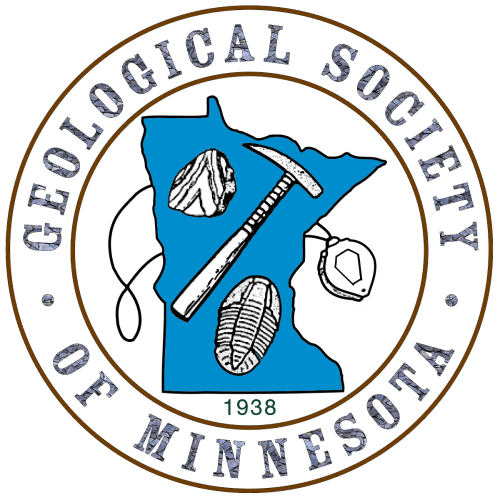Road Marker Information
Description:
PDF map of FT. Ridgely state park
Enter Road Address in your cars GPS:
72158 Co Rd 30, Fairfax, MN 55332
OR
Enter Geographical Coordinates in your cars GPS:
Degrees Lat Long : 44.447909, -94.724894
Latitude: 44°26’52.5″N
Longitude: 94°43’29.6″W
Country: Nicollet County
Where Found:
Located off state highway 4 and county road 29 in Fort Ridgely State Park
Fort Ridgely State Park – Talked with the park ranger who did not know where the marker was. He suggested 2 possible locations – both required hiking to overlooks. Not accessible by car. Directions in the Guide stated that marker was “off state highway 4 and county road 29 in Fort Ridgely State Park” – there is no county road 29 in the vicinity. Attempted to find marker at Airplane Point but dirt road was in poor condition.
Marker Number:136
Marker Composition:
Text on Marker:
WATER AND ICE SHAPE THE LANDSCAPE
The Minnesota River valley, which lies before you, is uncommonly wide and deep. A colossal river, called Glacial River Warren, carved it near the end of the last glacial period. Between 11,700 and 9,500 years ago, there were two separate spans of time during which this immense river flowed for a total of about 1,000 years. With its headwaters near the site of Browns Valley, it was the main outlet for Glacial Lake Agassiz, an enormous glacial meltwater lake. At its maximum, this lake covered the combined areas of the Red River valley, northwestern Minnesota, and much of Canada south-west of Hudson Bay. The tremendous power of Glacial River Warren cut down through layers of glacial sediment (clay, silt, sand, gravel, and boulders deposited by glaciers) and clay-rich deposits of weathered bedrock to expose hard granite and gneiss bedrock in places on this valley floor. No bedrock is exposed in Fort Ridgley Park. Possibly twice, the glacial ice receded northward enough to open lower outlets to the Great Lakes via Lake Nipigon in Ontario, and Glacial Lake Agassiz drained. Since then, the huge channel that Glacial River Warren left behind has been filling in with sediment from the much smaller Minnesota River and its tributaries. The tributaries are cutting down their beds to match the riverbed slope. In the northern part of the park, one can see that Fort Ridgely Creek has cut deeply into banks of white kaolin clay, but only four kilometers upstream, it is a shallow upland stream. Erosion in the tributaries and sediment deposit in the channel will continue until the entire watercourse slope is uniform. The white kaolin clay revealed by Fort Ridgely Creek is a layer of gneiss decomposed by weathering. About 100 million years ago, when Minnesota’s climate was subtropical, weathering caused minerals in the gneiss to break down and form mostly clay minerals of the kaolin group. In most places, the kaolin deposits are buried by tens of meters of glacial sediment, deposited during the Ice Age of the last two million years. Glacial sediment can be seen along the walls of the Minnesota River valley, and the modern river exposes more in the bottom of the valley. Erected by the Geological Society of Minnesota in partnership with the Minnesota Department of Transportation, the Minnesota Geological Survey, and the Minnesota Department of Natural Resources. 2003
Region: South Central/West Region
Information Needed:
- Verify Existance
Condition of Marker:
Do it Yourself Region: Minnesota River Valley
Verification: Not installed yet
